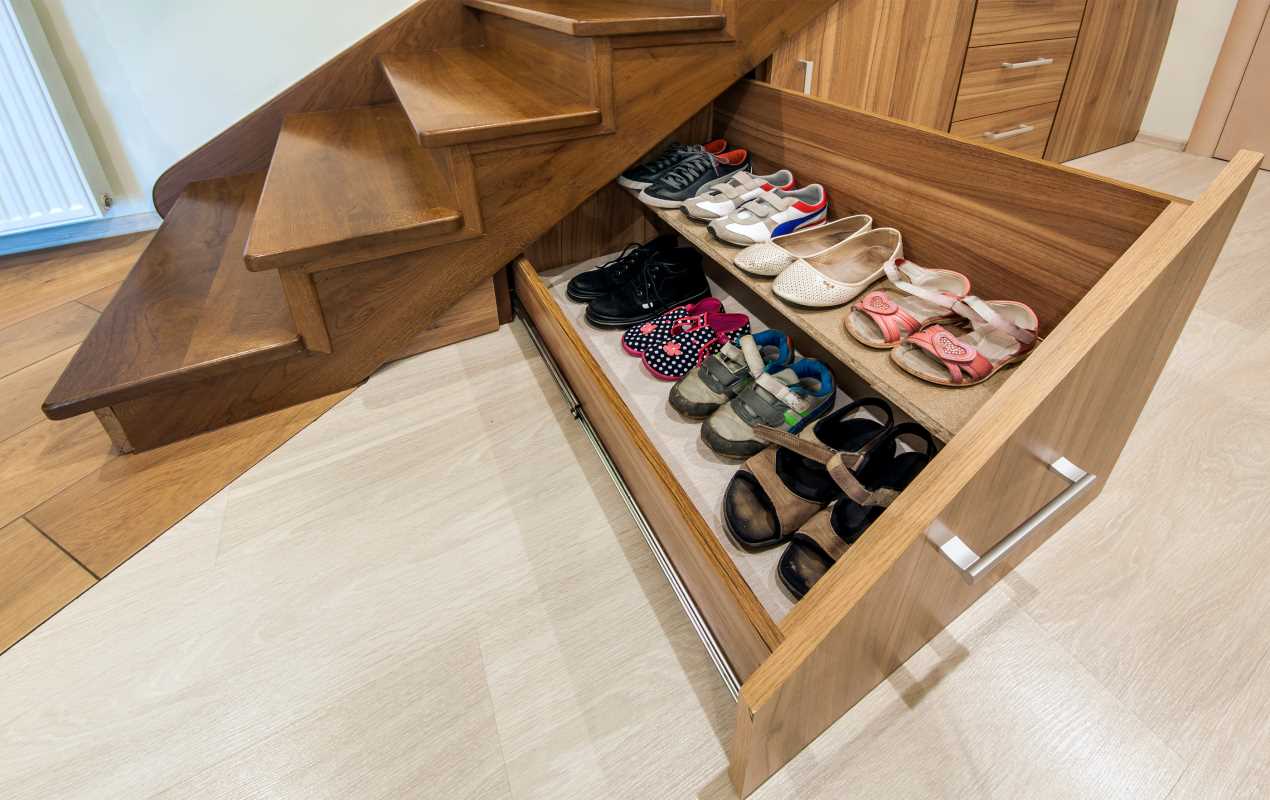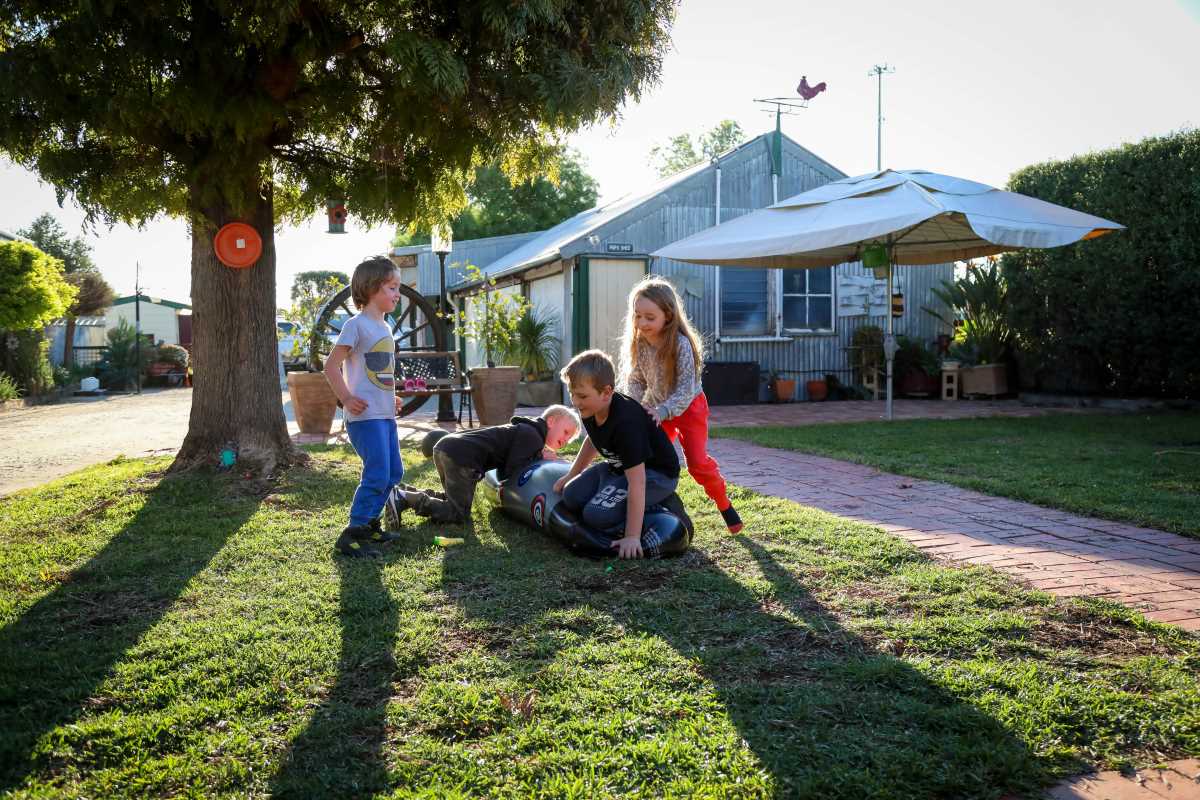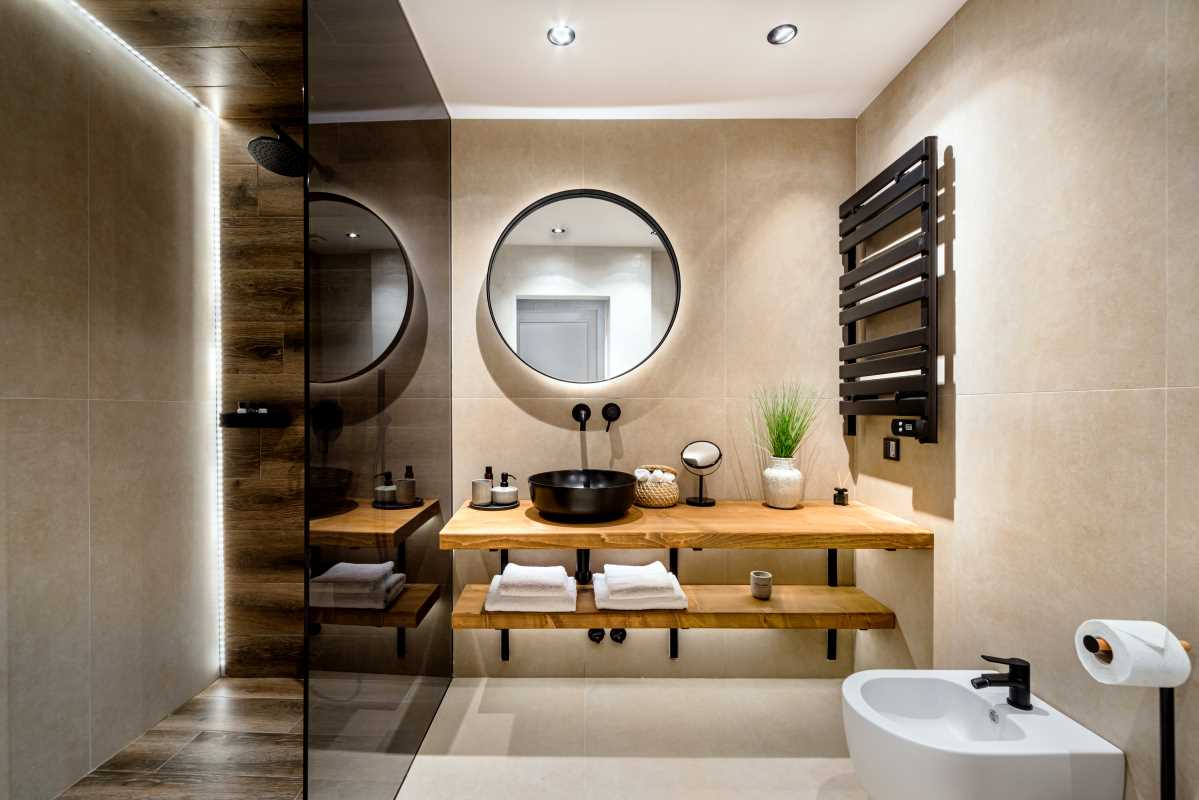Every morning can feel like a scramble, with backpacks gone astray, notes hurriedly written on scrap paper, and a rush to find missing permission slips. Bringing order to this daily whirlwind becomes much easier when you create a central spot for everything essential. By dedicating a wall or corner near your main entrance, you give your household a place where important information always stays visible and accessible. With this simple setup, everyone knows exactly where to look for schedules, reminders, and paperwork. Discover how a well-planned organizational hub can help turn your mornings from chaotic to calm by gathering all those scattered details in one convenient place.
New Ideas for Your Daily Routine
Instead of treating schedules, chore lists, and notes as separate islands, see them as interconnected threads in a single tapestry. By combining communication tools, visual cues, and storage solutions into one clear display, you save time and mental energy each day. This central setup acts like a connection point between events, tasks, and resources, providing clarity exactly when you need it.
Picture that spot on your wall becoming a command post: you can view the entire day at a glance, access stored essentials without rummaging through drawers, and share quick updates at eye level. You replace frustrating detours—searching for missing items or chasing after assignments—with an easy, unified experience that simplifies morning routines, post-school unpacking, and everything in between.
Useful Tools and Practical Tips for Easy Scheduling
- Magnetic Weekly Calendar Panel
- Purpose: Provide a visual overview of the week’s activities.
- Steps:
- Mount the panel at eye level near your main entry.
- Use color-coded magnets to note appointments, reminders, and plans.
- Update each evening to prep for the next day.
- Cost/Availability: Under $30 at big-box retailers.
- Insider tip: Keep a slim magnetized pouch nearby to store markers and magnets for quick updates.
- Interactive Message Board
- Purpose: Facilitate fast, visible communication throughout the day.
- Steps:
- Hang a framed dry-erase or chalkboard above a ledge.
- Divide it into sections for duties, meals, and evening check-ins.
- Erase and rewrite daily to keep communication current.
- Cost/Size: ~$20–$25 plus markers or chalk.
- Insider tip: Attach a small eraser pad to the frame for easy morning access.
- Color-Coded Storage Bins
- Purpose: Organize school and activity items for each family member.
- Steps:
- Label bins with initials and simple icons.
- Encourage kids to place items in bins immediately after school.
- Conduct a weekly clean-out to remove outdated items.
- Cost/Availability: Set of 3 for about $40 online.
- Insider tip: Use clear tubs at the bottom for shoes to trap dirt and simplify cleanup.
- Digital Sync Dock
- Purpose: Centralize charging and reduce cable clutter.
- Steps:
- Mount a USB hub under a shelf.
- Feed cables through a slit in the board for clean storage.
- Label each cord by device type.
- Cost/Size: $25–$35 for five ports.
- Insider tip: Stick a small post-it nearby with a nightly reminder to plug in all devices.
- Open Command Shelf
- Purpose: Create a simple drop zone for daily carry items.
- Steps:
- Install a narrow shelf near your calendar.
- Use bowls or trays to hold keys, wallets, and sunglasses.
- Empty and reset the shelf contents each night.
- Cost/Availability: Around $15 at home-improvement stores.
- Insider tip: Add a hook underneath for dog leashes or reusable bags to keep clutter off the floor.
Adding Personal Touches for Family Members
A practical hub becomes truly collaborative when each person sees their needs reflected in the setup. Offer a small corkboard section for doodles, notes, or inspiring quotes created by kids, and balance it with a sleek clip rail at adult height for work-related reminders. This way, everyone finds a familiar zone designed just for them. Making it personal encourages daily involvement, turning a cold fixture into a warm focal point.
Include playful elements—like seasonal prints or magnetic art projects—to encourage ownership. Invite family members to contribute weekend movie suggestions or new lunchbox snack ideas. When everyone interacts physically with the hub, it becomes more than a static display; it evolves into a shared space that promotes responsibility and creativity.
Maintaining the System and Making Improvements
Even the best designs need regular updates. Set aside a short monthly session—perhaps on the first Sunday evening—to review bins, update calendar colors, and remove outdated notes. This quick check prevents clutter from spiraling out of control and keeps the hub feeling fresh and purposeful. You will sustain the organized flow you worked so hard to establish.
Adjust sections based on changing needs: replace storage bins with larger lockers during sports season, or switch from chalk to magnetic sheets when children move away from cursive notes. By viewing maintenance as an ongoing effort rather than a one-time weekend task, your system can grow naturally alongside your changing routines.
Adopting a Family Command Center approach turns scattered daily tasks into a steady rhythm. With some planning, you will free mental space and reclaim those precious minutes lost moving between doorways and drawers.
Begin with small steps and adjust as needed. Soon, a single wall will keep your deadlines, activities, and notes organized.
 (Image via
(Image via





